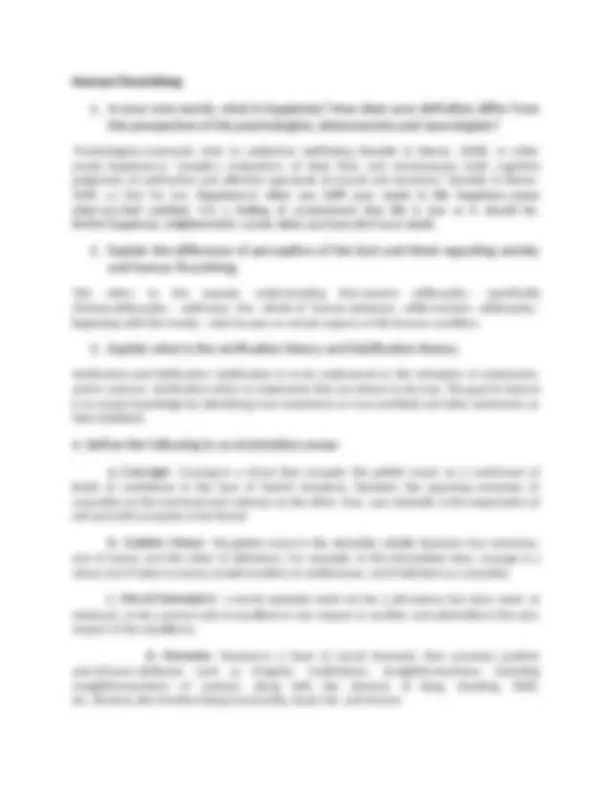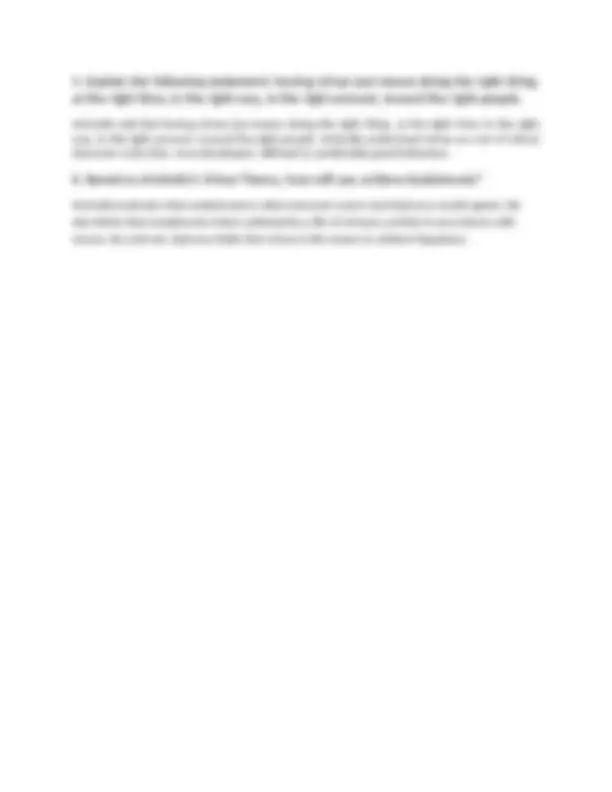




Study with the several resources on Docsity

Earn points by helping other students or get them with a premium plan


Prepare for your exams
Study with the several resources on Docsity

Earn points to download
Earn points by helping other students or get them with a premium plan
Community
Ask the community for help and clear up your study doubts
Discover the best universities in your country according to Docsity users
Free resources
Download our free guides on studying techniques, anxiety management strategies, and thesis advice from Docsity tutors
ACTIVITY IN SCIENCE TECH AND SOCIETY
Typology: Exercises
1 / 4

This page cannot be seen from the preview
Don't miss anything!



The DOST is headed by a Secretary who is appointed by the President to exercise authority and responsibility for the mandate, and for supervision and control of the Department. The Secretary is assisted by four (4) Undersecretaries for: (a) Disaster Risk Reduction and Climate Change (b) Regional Operations, (c) Research and Development, and (d) Scientific and Technical Services - who also have supervision over the Institutes under their respective areas of responsibility. The Secretary is also assisted by three (3) Assistant Secretaries for: (a) Administration, (b) Finance, and (c) International Cooperation. The Department has four (4) Staff Services, namely: (a) Administrative and Legal Service which provides the Department with services relating to personnel, records, property procurement and management, collection, disbursement, archiving, general services, and legal matters; (b) Financial and Management Service which provides advice and assistance on budgetary, financial and management improvement matters; (c) Internal Audit Service which assists the management in achieving efficient and effective fiscal administration and performance of its affairs and functions; and (d) Planning and Evaluation Service which provides services relating to policy development and planning, program coordination and monitoring, and S&T resource assessment and evaluation matters. DOST is composed of the following councils and agencies : Three (3) sectoral planning councils responsible for: formulating policies, plans, programs, projects and strategies for S&T development; for programming and allocating funds; for monitoring of research and development projects; and for generating external funds. Seven (7) research and development institutes concerned with basic and applied researches on various fields. Six (6) S&T service institutes rendering science and technology-related services.
Two (2) collegial bodies with mandated functions of assistance, recognition, advisory and establishment of international linkages. Sixteen (16) Regional Offices headed by a Regional Director and eighty (80) Provincial S&T Centers (PSTCs) manned by PSTC Officers. The Regional Directors are under the supervision of the Undersecretary for Regional Operations. As per DOST Administrative Order No. 002 Series of 1989 (Annex 008), the DOST Regional Offices serve as focal points for the planning and implementation of S&T programs and projects in their respective regions in consonance with the national S&T Plan. They provide S&T services to the local populace and coordinate with other government agencies and other stakeholders on S&T matters.
DOST has three (3) sectoral planning councils responsible for: (a) formulating policies, plans, programs, projects and strategies for S&T development; (b) programming and allocating funds; (c) monitoring of research and development projects; and for generating external funds.
The NIBRA specifies the areas of priority that will be the focus of basic research up to 2010. This is envisioned to be an evolving document that has to be continually revised and updated to respond to the changing times and needs of society.
There are different agencies under DOST which cater to specialized fields, these are the Philippine Atmospheric, Geophysical and Astronomical Services Administration (PAGASA), Philippine Institute of Volcanology and Seismology (PHIVOLCS), and the Philippine Council for Agriculture, Aquatic, and Natural Resources Research and Development (PCAARD)
Aristotle said that having virtue just means doing the right thing, at the right time, in the right way, in the right amount, toward the right people. Aristotle understood virtue as a set of robust character traits that, once developed, will lead to predictably good behaviour.
Aristotle maintains that eudaimonia is what everyone wants (and Epicurus would agree). He also thinks that eudaimonia is best achieved by a life of virtuous activity in accordance with reason. By contrast, Epicurus holds that virtue is the means to achieve happiness.